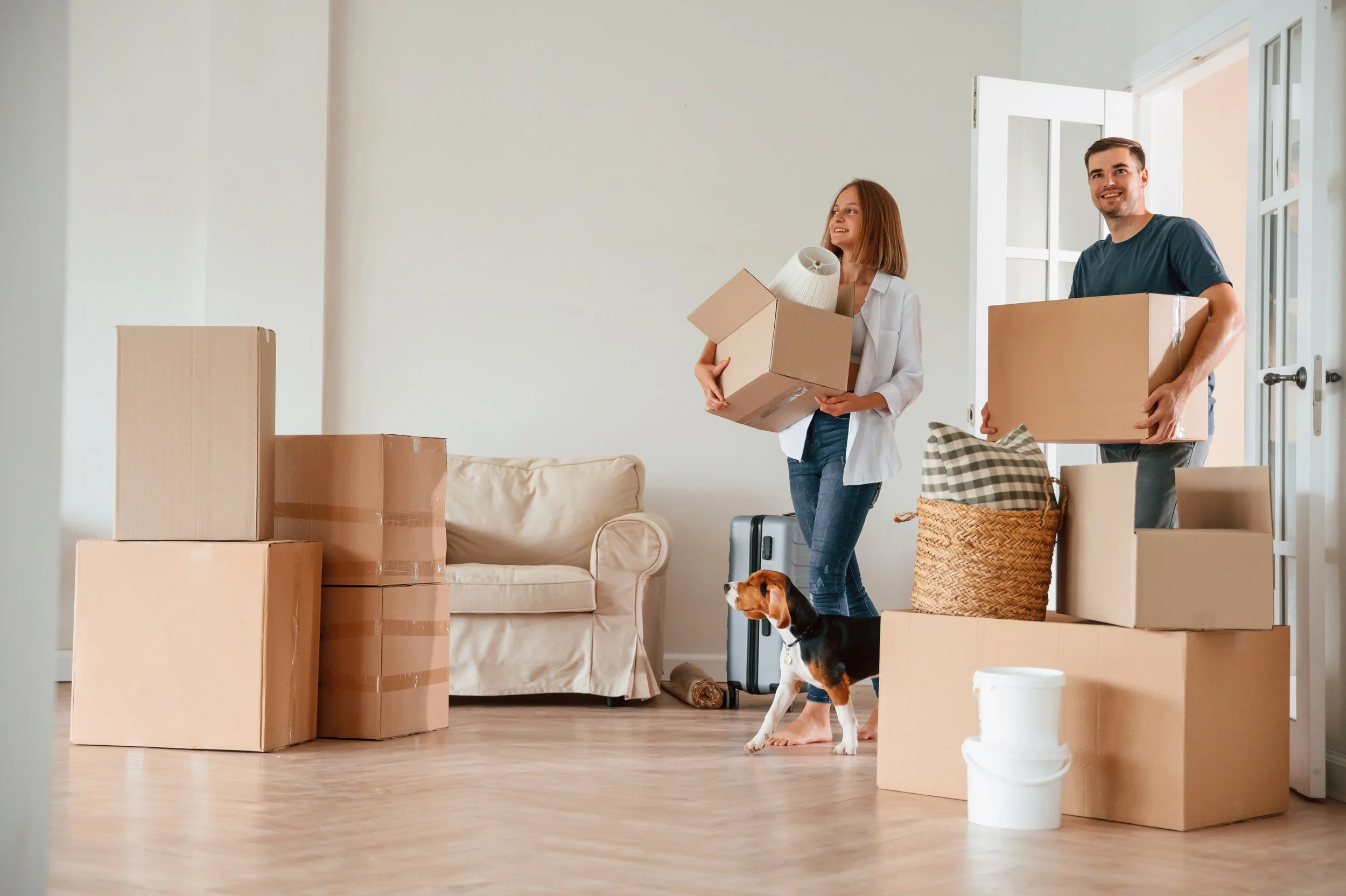The Complete Manual for Flourishing Alongside Your Canine in a Compact Living Space
Ten Enjoyable (and Effective) Techniques to Ensure Your Furry Friend’s Happiness, Engagement, and Good Behaviour
Introduction: Living Big in a Small Space
Residing in an apartment with a dog isn’t merely feasible—it can be one of the most rewarding experiences you’ll ever have with your four-legged companion.
While apartment living offers convenience and comfort, it also introduces unique challenges:
Limited space for play and exploration
Close proximity to neighbours
Fewer opportunities for your dog to burn off natural energy and curiosity
The good news? With structure, creativity, and a little persistence, dogs in apartments can thrive—becoming calm, content, and delightful housemates.
This guide explores the essentials for nurturing a well-behaved apartment dog.
You’ll discover:
Why mental stimulation and routine matter
Practical solutions for barking and noise issues
engaging ways to keep your dog happy and occupied—even when you’re away
Chapter 1: Why Mental Stimulation and Routine Matter
In traditional homes, dogs enjoy free access to yards and abundant environmental stimuli. In an apartment, their world shrinks—and without thoughtful planning, a bored dog may develop undesirable behaviours:
Excessive barking
Chewing furniture
Indoor accidents
Daily mental challenges, physical exercise, and enrichment activities aren’t luxuries they’re essentials for your dog’s emotional well-being and your peaceful coexistence with neighbours.
Apartment Living Tip:
Before moving in or adopting a dog, check your building’s by-laws for pet restrictions on size, breed, and number of animals allowed.
Chapter 2: Building a Solid Foundation for Your Apartment Canine
1. Consistent Routines Are Essential
Dogs crave predictability. A structured daily schedule for meals, walks, bathroom breaks, and playtime reduces anxiety and prevents accidents.
2. Fundamental Bathroom Practices
Take your dog outdoors on a leash at consistent intervals (morning, after meals, before bed).
For late-night emergencies, consider balcony-approved indoor grass mats or artificial turf.
Teach a toileting cue (“Go potty”) and train your dog to signal when they need to go—via a bell, sitting by the door, or pressing a button.
3. Create a Cozy Haven
Designate a retreat for your dog to relax—a bed, mat, or crate stocked with their favourite toys and familiar scents.
Pro Tip: Avoid washing their bedding immediately after moving in. Familiar smells help them feel secure.
Chapter 3: Tackling Barking and Noise Challenges
In apartments, keeping barking under control is critical. Here’s a three-step strategy:
Step 1: Evaluate the Situation
Understand when and why your dog barks.
Use a pet monitor or recording app to check behaviour while you’re away.
Ask neighbours (politely!) if noise has been an issue.
Step 2: Address the Root Cause
Boredom? Add enrichment activities (see Chapter 4).
Anxiety? Look for signs like pacing, whining, or chewing.
Territorial barking? External sounds may trigger them.
Step 3: Implement Solutions
Play calming music or white noise
Block views of corridors with blinds or draft stoppers
Teach a “quiet” cue with consistent rewards
Reduce alone time with a walker or daycare
Caution: Anti-bark collars don’t address root causes and may increase anxiety.
Chapter 4: Ten Fun Ways to Keep Your Dog Occupied
1. Observation Perch
Set up a safe viewing spot by a window.
2. Treat Hide-and-Seek
Hide treats or use puzzle toys (KONGs, snuffle mats) to keep them busy.
3. Frozen Dog Treats
Freeze broth or dog-safe snacks for warm days.
4. Canine Movie Night
Play calming YouTube videos or dog channels as background noise.
5. Advanced Puzzle Toys
Rotate interactive feeders and toys to sustain interest.
6. Playdates with Other Dogs
Arrange supervised meetups with compatible dogs.
7. Community Play Groups
Coordinate with neighbours for shared doggy playtimes.
8. Dog Walkers & Daycare
Enlist help to give your dog vital stimulation.
9. Indoor Adventures
Create obstacle courses with cushions, boxes, and tunnels.
10. Toy Rotation
Swap toys every few days to keep things fresh.
Chapter 5: Extra Tips for a Harmonious Apartment Life
✔ Mat Training & Indoor Calm – Teach your dog to settle in one spot with treats and praise.
✔ Scent Games & Tricks – Engage their mind with sniffing games and daily trick training.
✔ Serene Retreats – Create a quiet corner for relaxation.
✔ Outdoor Essentials – Daily walks are a must, even without a backyard.
✔ Positive Socialisation – Acclimate your dog to hallways, elevators, and apartment sounds.
Chapter 6: Building Good Neighbourly Relations
Being a considerate dog owner goes a long way in apartment settings:
Introduce yourself (and your dog) to neighbours.
Clean up after your pet and keep shared areas tidy.
Address noise issues quickly and politely.
Tip: Use rugs, runners, and felt pads under toys to reduce sound transmission.
Conclusion: Thriving Together
Creating a harmonious life with your dog in an apartment is absolutely possible—with dedication, consistency, and creativity.
By focusing on mental stimulation, daily routines, and positive reinforcement, you’ll nurture a happy, well-adjusted dog who’s a joy to live with—and a welcome neighbour.
Disclaimer:
This article is intended for general educational purposes only and does not constitute legal or financial advice. Readers should seek independent legal and professional guidance relevant to their specific circumstances and jurisdiction

